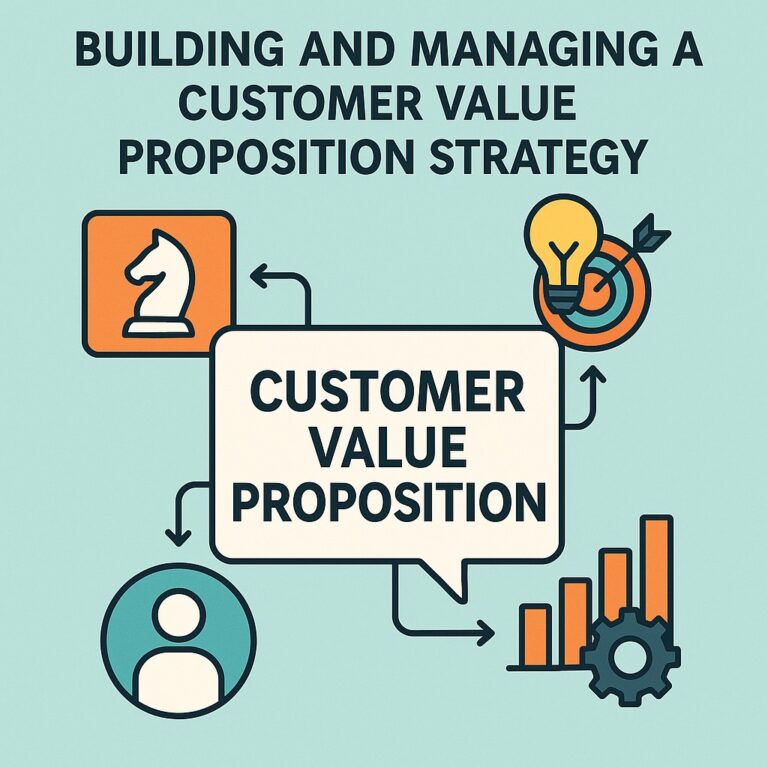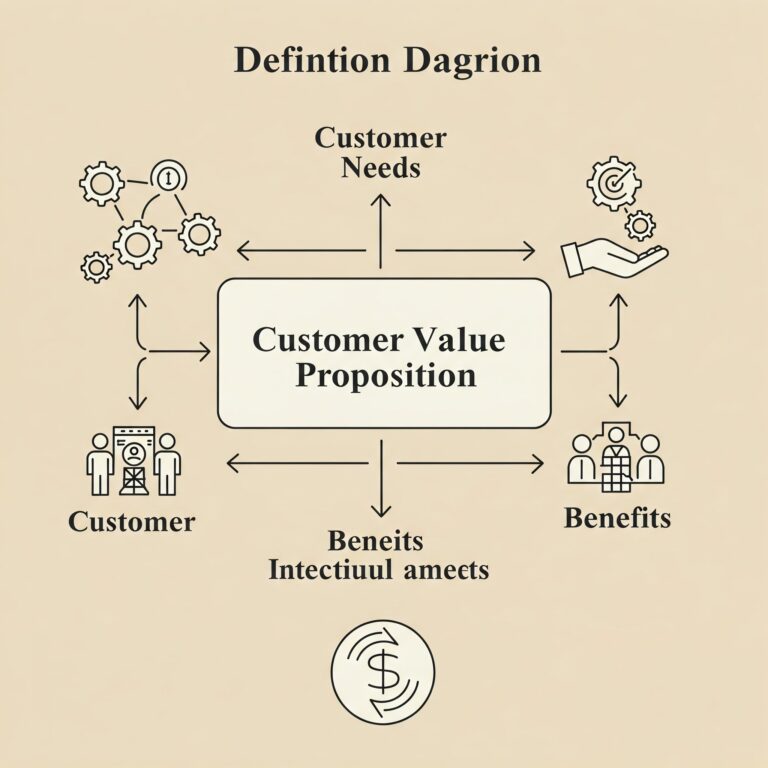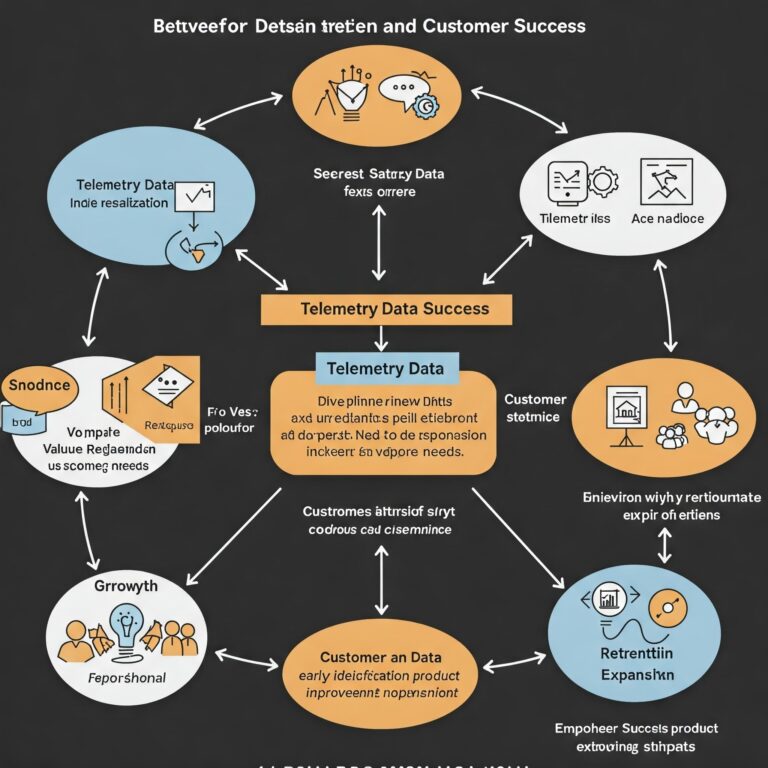What is the future of business-to-business selling? Even before the events of 2020 shredded business models and projections, too many companies had overpromised and underdelivered across industries, including communications, healthcare, information technology, and financial services. Buyers have been rocked by the combination of uncertainty, government regulation, a struggling economy, and limited resources.
Perhaps understandably, buyers are demanding visible proof of success from us as sellers of products and services. Demand for pilot and proof-of-concept programs is higher than ever before. Buyers want and need statistical analyses of successful implementations and industry standard metrics to confidently ValueCore the financial impacts of strategic investments.
When developing and refining the concepts in my book ROI Selling (©2004 Dearborn Publishing), I contacted software companies about their use of a concept I called “360-degree ROI”. The key is following up with customers after the sale and implementation to measure the success they were able to achieve using your products and services based on the foundational measurements you and your customers developed together during the sales process. At the time, only about 5% of the companies I talked with actually measured post-implementation customer success, and my latest research suggests the number hasn’t changed much since.
Today’s buyers insist you show credible anticipated ROI during the sales process and then follow up to continuously monitor their success in the form of improvement(s) on one or more mutually agreed baselines. The baselines may be derived from the customer’s historical performance, published industry norms or standards, market research, or a combination of data sources. That said, your first challenge is to engage the right people within your customer’s organization to collaboratively build a set of baseline data that will be credible and compelling to their decision makers, and serve as a solid basis for post-sale measurement.
Understanding Prospects’ Needs
This is Sales 101, right? Maybe not…The days of getting by with knowledge from the internet, client websites, and vertical market experience are over. To get past first base with today’s buyers, you need to have a solid understanding of the market or industry they sell into and very specific knowledge of the value drivers for their customers and other stakeholders, not to mention the specific goals and challenges in their organization. Buyers are struggling to make strategic decisions on pricing, product mix, delivery systems, customer management, cash flow, compensation, and more. They are overwhelmed with all the decisions required to run a complex organization. Your ability to really help can be a major differentiator.
This is why leading companies like Microsoft, IBM, SAP, Oracle, and Salesforce all have separate groups for healthcare, manufacturing, financial services, and other key segments: to sharpen their focus on the industry, the vernacular, and the key players in each vertical. Your ability to intelligently discuss how your products and services fit and deliver value in these specific contexts is absolutely essential to viability, much a less competitive position. The role of the sales professional must constantly evolve to stay in the game.
Part of that evolution is continuous improvement to improve their industry knowledge (including the vernacular used) and relationships with industry experts. We will be required to sell even more consultatively than in the past. This expanded role will weed out many who are not willing to make the effort to learn and grow. There will be no substitute for the knowledge requirements of a subject matter expert.
Economic Impact on the Entire Organization
The requirement to prove your deep understanding of a prospect’s needs and the tangible returns your products and services will help them realize is causing buyers to seek sales professionals who can provide credible and compelling economic impact analyses of entire organizations. Buyers need specific, visible insights into how a strategic buying decision will affect every part of their business, including margin and profits, receivables and cash flow, the workforce, vendors and customers, inventory, and future growth.
Many experts say buyers are more than halfway through the purchase process before speaking to a sales professional or vendor. You must have more to offer than in the past to get in the door before your competitors, connect with the right people, and differentiate yourself, your company, and your products. That means knowledge, content, statistics, and the right tools that allow your prospects to ValueCore and readily grasp what you can help them achieve.
Your knowledge of the buyer’s industry and your ability to educate the buyer from afar, or through your marketing content will be table stakes going forward—they are researching the internet, reading published material, following blogs, and testing the waters before they ever contact you. Your presence (proving knowledge) in the market will likely determine if you are on the short list or no list. And methodologies and tools like MEDDIC, SEO, Salesforce, HubSpot, LinkedIn, and SalesNavigator (to mention just a few) are must-haves going forward.
Like a professional athlete, you must continue to hone your skills. Keep learning and striving to be the absolute best. Good luck and good selling!




